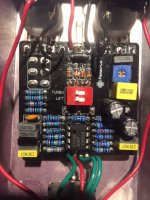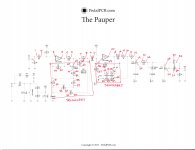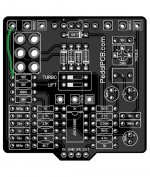Mike McLane
Active member
Building my second Pauper. First one went fine. Just completed the second one and volume, gain, tone and toggle all seem be doing what they're supposed to do RELATIVELY speaking, however, the unit only puts out about half the gain and volume of my real Prince of Tone. The first Pauper basically stood toe-to-toe with the real deal. I double checked the component values and all seem to be correct (I checked them all with a meter before installation). I included a gut shot in case anything look suspicious. Any advice would be helpful.







